This book sheds light on the various aspect of the impact of pre-Islamic Iranian literature and culture on Arabic literature and Islamic culture, following the Arabic conquests and the collapse of the Sassanid Empire in Iran in the seventh century. It covers a period in Iranian literary history, dominated by the Arabic language, which was the language of the Qur an, when Iranian scholars and administrators were transferring Iran s literary and administrative heritage through translation of Iranian books into Arabic and adaption of Iranian traditions and practices, including the Sassanid administrative, financial and agricultural systems and various cultural practices, to the Islamic Caliphate thus ensuring their survival in a period of turmoil and transition from the Sassanid to the Islamic period.
The book relies on scattered references in Arabic sources mainly from the first centuries of Islam, as the original Iranian sources did not survive the Arab conquests, a primary reason why this area of scholarly research has remained mostly on the dark. The significance research in this area is that without exposing and understanding their Iranian roots it is not possible to have a deep and comprehensive understanding of Arab and Islamic literature and culture, and particularly their rapid expansion and diversification during the early centuries of Islam.
The work has been translated by Shahrokh Mohammadi, son of the author.

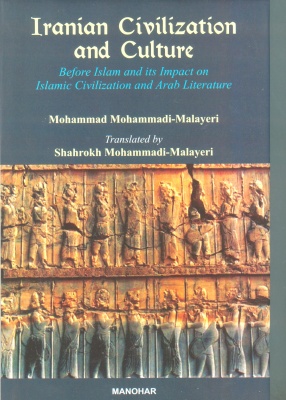
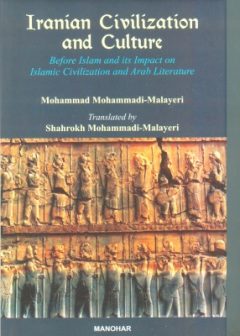
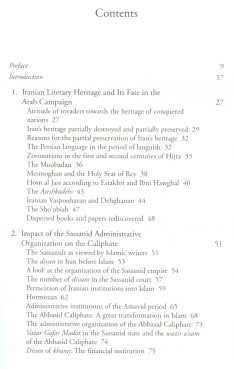
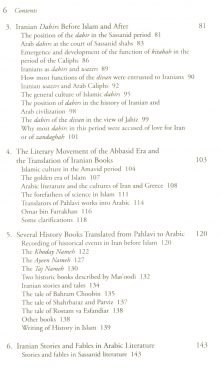

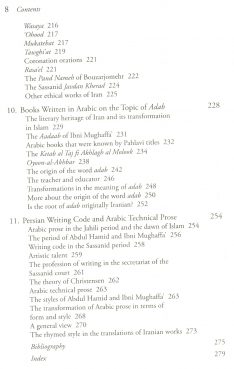
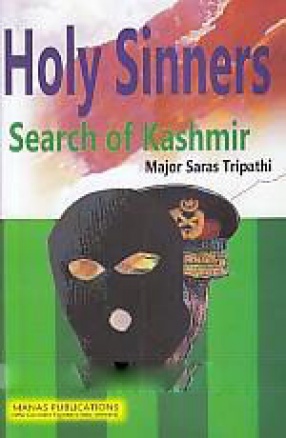

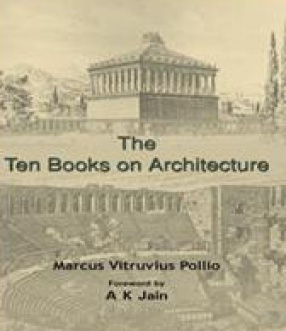
There are no reviews yet.